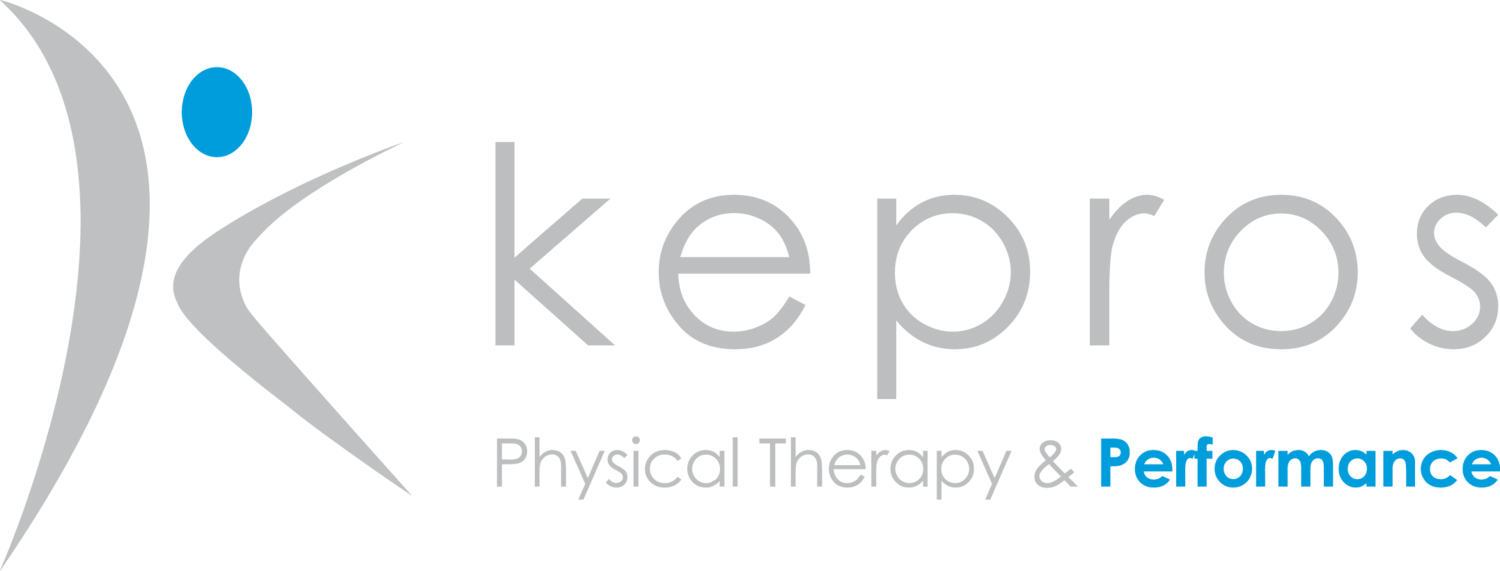How Intense Should Your Workout Be?
Whether we’re busy shoveling during the winter months, or getting outside for a walk or jog when the weather warms up, we are always advocates of staying active. Today, we want to take the opportunity to answer a question that is not typically asked but is vital to long-term success with any exercise program. How intense does our workout need to be?
Often, we may feel like every workout has to be max intensity to get the max benefit, but this is far from the truth. Although it is helpful to work up to max intensity, it can be detrimental for every workout to involve maximum efforts. Effort may be measured by speed, distance, weight, heart rate, working to exhaustion/failure, and many other factors. If every workout is to the max, the time for adequate recovery, as well as likelihood of injury both increase.
Especially when starting something new, we recommend building the intensity gradually to ensure you learn the technical skill and ensure your body is able to withstand the forces required. For example, couch to 5k running programs all start with run/walk (heavy on the walk) initially to build up to running that distance, and weight lifting programs start with lighter weights with more reps to learn the movements and gain repetition.
Working to max effort can be beneficial, however, as it can provide a baseline for subsequent workouts, which you would then retest max effort again to assess if the baseline measurement has changed. Many weight lifting programs use a six- or eight-week cycle before retesting maximum strength on a given lift. When that cycle is broken down further, there is a build-up from 60-70% of 1-rep max (maximum amount of weight for one repetition) building up to 80-90% of that max, with a week of relatively light weight for active recovery prior to another max effort to reset the baseline. With distance running, there is a plethora of research that a bulk of training should occur at or below 70% of your maximum heart rate (see our previous blog on heart rate training).
So how do you get started? If you are starting with weightlifting, find a weight you are able to lift for 10-12 reps for an exercise. It should feel like it challenges you but does not work your muscles to failure. Doing this on a few occasions for three sets of 12 reps, you can increase to the next weight up. If you are not able to get a full three sets of 12, that is alright. Stay at the new weight until you can complete all three sets, then progress again. If you are looking to start running, start with a walk/job combination first. This may be a couch to 5k program, or something similar that you are familiar with, find online, or have a coach help design. If you starting High Intensity classes, be sure to monitor your heart rate to limit your time and/or perceived exertion (RPE) to minimize your time near max heart rate or at 8-9/10 RPE. If you start a group exercise class, talk to the instructor ahead of time so they know you are new and can help with modifications as needed.
If you have an injury or are not feeling 100% healthy, then you really need to consider adjusting the intensity of you workout. There is still plenty you are able to do for training the different body systems while avoiding aggravation of the injury. Also, gradual return to full function for a joint, muscle, tendon, or ligament is imperative to get back to full function working to maximum efforts safely. This is right in our wheelhouse here at KPT, so if you have any nagging issues affecting max efforts in whatever activity you do, let us know and we will work to help you meet your goals.



























